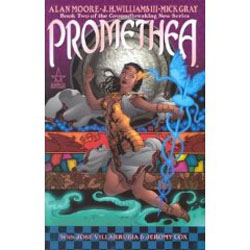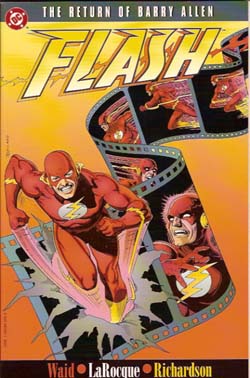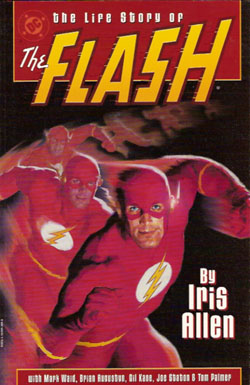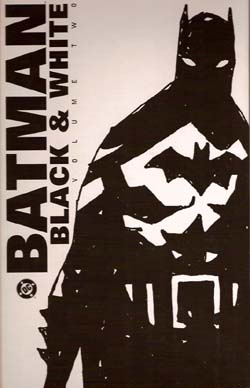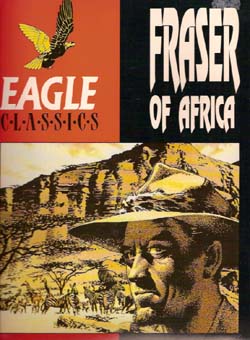
By George Beardmore & Frank Bellamy (Hawk Books -1990)
ISBN: 0-948248-32-7
Frank Bellamy is one of British Comics’ greatest artists. In the all-too brief years of his career he produced magnificent and unforgettable visuals for Eagle, TV21, Radio Times (Doctor Who) and graduated to the Daily Mirror newspaper strip ‘Garth’ in 1969. He turned that long-running but lacklustre adventure strip into a magnificent masterpiece of fantasy, with eye-popping, mind-blowing black and white art that other artists were proud to boast they swiped from. After only 17 stories he died suddenly in 1976 and it’s absolutely criminal that his work isn’t in galleries, let alone in permanent collected book editions.
He was born in 1917 but didn’t begin comic strip work until 1953 – a strip for Mickey Mouse Weekly. From there he moved on to Hulton Press and drew strips starring Swiss Family Robinson, Robin Hood and King Arthur for Swift the “junior companion†to Eagle. In 1957 he moved on to the star title producing stand-out and innovative work on a variety features beginning with the biography of Winston Churchill.
‘The Happy Warrior’ was quickly followed by ‘Montgomery of Alamein’, ‘The Shepherd King – the story of David’, and ‘The Travels of Marco Polo’, from which he was promptly pulled only a few months in. As Peter Jackson took over the back page historical adventure, Bellamy was on his way to the Front Cover and the Future.
When Hulton were bought by Odhams Press there were soon irreconcilable differences between Frank Hampson and management. The creator of Dan Dare left his super-star creation (see the review for The Road of Courage ISBN: 90-6332-801-X for a fuller run-down of those events) and Bellamy was tapped as his replacement – although both Don Harley and Keith Watson were retained as his assistants.
For a year Bellamy produced Dan Dare, redesigning the entire look of the strip (at management’s request) before joyfully stepping down to fulfill a lifetime’s ambition.
For his entire life Frank Bellamy had been fascinated – almost obsessed – with Africa. When asked if he would like to draw a big game hunter strip he didn’t think twice. ‘Fraser of Africa’ debuted in August 1960, a single page every week in the prestigious full-colour centre section. George Beardmore wrote the three serials ‘Lost Safari’, ‘The Ivory Poachers’ and ‘The Slavers’ and Bellamy again surpassed himself by inventing a colour palette that burned with the dry, yellow heat of the Veldt. The strip became the readers’ favourite, knocking Dare from a position considered unassailable.
Fraser the character is a man out of time. Contrary to modern assumptions, he was a man who loved animals, treated natives as full equals and had a distinctly 21st century ecological bent. For a Britain blithely rife with institutionalized racism, cheerfully promoting blood-sports and still wondering what happened to The Empire, Fraser’s startlingly ‘PC’ antics were a thrilling, exotic and salutary experience for us growing boys.
Notwithstanding the high quality of the stories, Fraser of Africa is a primarily an artistic landmark. The techniques of line and hatching, the sensitive, atmospheric colours, even the staging and layout of the pages, which would lead to the majestic ‘Heros the Spartan’ and eventually the bravura creativity displayed in the Thunderbirds and Captain Scarlet strips for TV21, all were derived from the joyous stories of the Dark Continent.
Yet another one to add to “The Why Is This Not In Print?†Pile…
Fraser of Africa ©1990 Fleetway Publications. Compilation © 1990 Hawk Books.
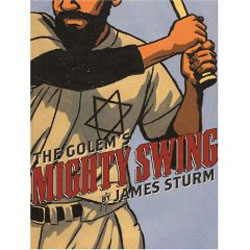

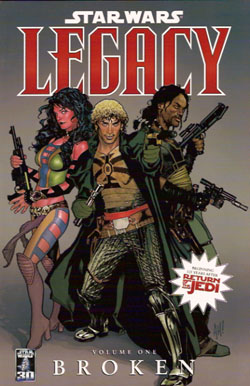
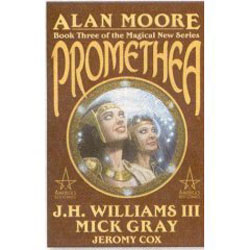 Â
 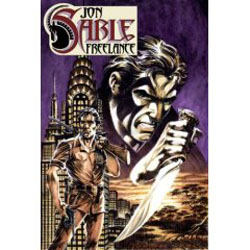 Â
 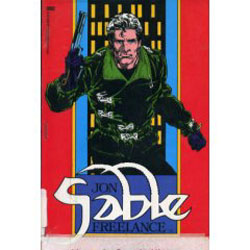
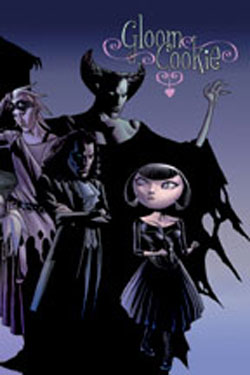 Â
 